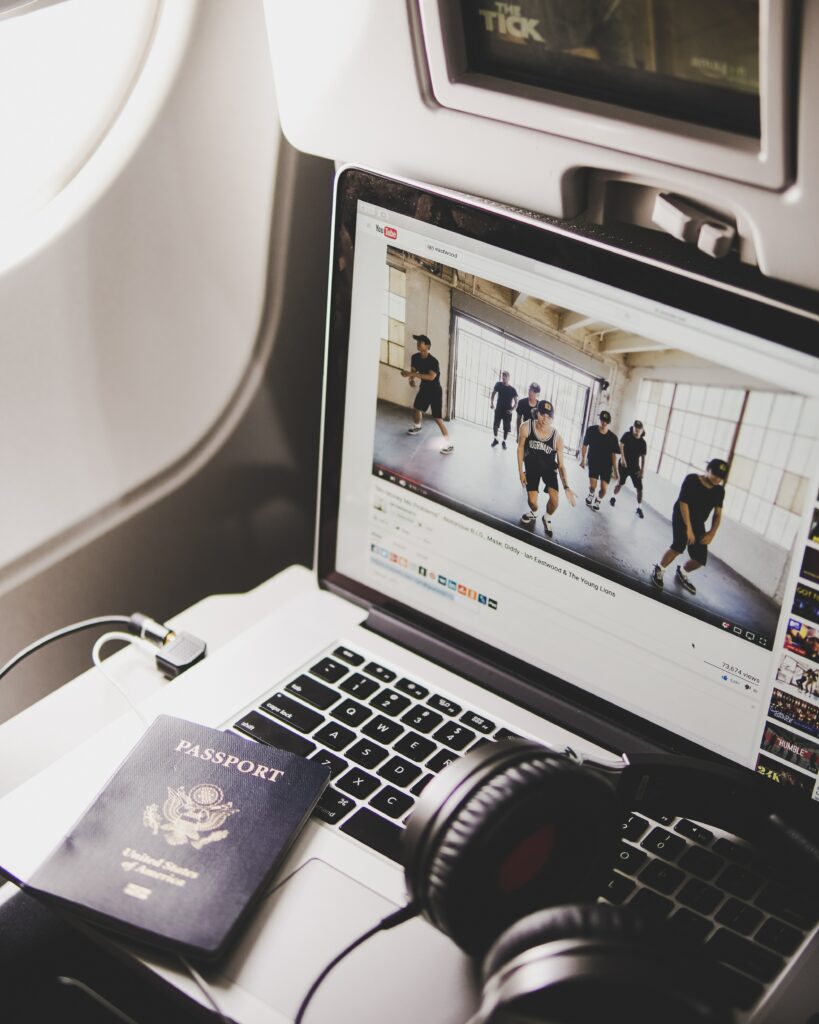With approximately 122 million daily users, it’s no surprise that YouTube is an active advertising hub for those businesses that aim to reach a large audience. And now, following the rollout of target frequency, Google is providing advertisers with more control over the number of times people view their ads on the platform.
Prior to this, controlling ad frequency on YouTube was only accessible when running a connected TV campaign from within Google Display & Video 360.
However, the target frequency capability is now available to all advertisers across the globe who run & manage YouTube campaigns.
In a recent blog post, Google explains how managing your target frequency can help you to reach your advertising goals without spamming viewers with too many ad showings:
“This will help advertisers optimize towards more precise reach and frequency while ensuring that we continue to provide a suitable advertising experience for viewers. Target frequency allows advertisers to select a frequency goal of up to four per week and our systems will optimize towards maximum unique reach at that desired frequency.”
How Can I Increase My Ad Frequency Without Disrupting ROI?
When repeatedly showcasing the same ad, there’s always a chance of decreasing returns.
Over time, you’ll reach a stage where viewers begin to lose interest, and the ad begins to drive fewer and fewer sales.
Again, Google has acknowledged that it can be frustrating for viewers when being shown the same ad again & again and that it’s also pretty wasteful for advertisers.
A Google-commissioned study has identified TV advertisers’ ROI decreases by 41% when their ad frequency exceeds 6+ weekly impressions, which is 46% of TV impressions served.
That’s almost half of your impressions wasted. Google shares more on this below:
“Almost half of the linear TV impressions in our study were considered waste but the same study from Nielsen shows that brands can increase their average weekly frequency from one to three on YouTube with a consistent ROI.
This is a huge opportunity for marketers to maximize their impact across the same set of people they are already reaching today.”
By allowing target frequency, Google hopes to help advertisers increase their ad impressions without it heavily impacting their ROI.
Advertisers have the ability to select their frequency target, and Google will work towards optimizing maximum unique reach to the frequency goal.
During the testing process, Google advised over 95% of target frequency campaigns launched on YouTube achieved their desired frequency goals when set up with the best-recommended practices.
Who is this available to?
As music to Google Ad marketer’s ears, target frequency is available worldwide.
To begin your frequency-optimized campaign, start by creating a new video reach campaign with your goal set to target frequency, followed by selecting your desired weekly frequency.
Thanks for reading,
Myk Baxter, eCommerce Consultant








